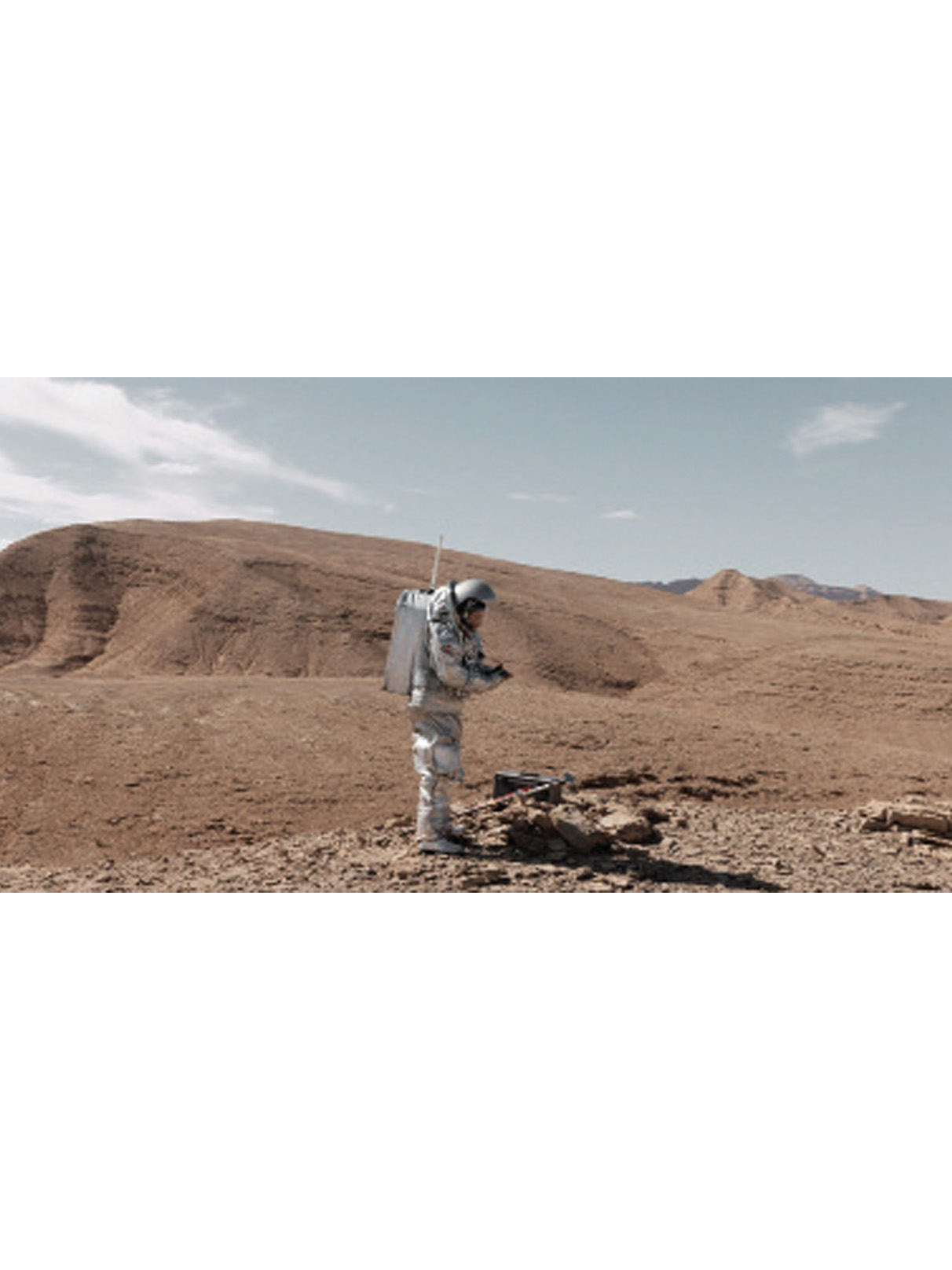The Austrian Space Forum in cooperation with the Armenian Space Agency will start its AMADEE-24 Mars analog simulation in Armenia on Tuesday, March 12.
The very valuable and mostly unique mission equipment has already arrived at the test site near Armash, Armenia. Six analog astronauts – two women, four men from Austria, Germany, Italy, the Netherlands and Spain will work in isolation from March 12 to April 5, 2024 to prepare future astronautical Mars missions. Over 200 scientists from 26 countries are involved in this international endeavoring.
The six analog astronauts will live and work in a habitat specially designed for them. They will only leave the habitat wearing the OeWF’s Mars suit prototype. For the duration of the mission communication with the Mission Support Center in Vienna, Austria will only be possible with a 10-minute delay in order to simulate the distance from Earth to Mars. Conducting the experiments in the areas of human factors, robotics and geology, the analog astronauts will use a drone and robotic vehicles – so-called rovers – to explore and map their environment, take soil samples and transport heavy loads.
During the mission, the analog astronauts will be cut off from the outside world and will thus have to rely solely on their team to complete their tasks and solve emerging problems. They will be supported on site by a team of specialists who will ensure the safety of the crew and take on any necessary repair work without directly interacting with the analog astronauts.
The Austrian Space Forum will broadcast the last hour before the mission start live from the test site in Armenia and the Mission Support Center in Vienna, Austria. Scientists and mission members will shed more light on the goals and purpose of analog research and the special features of AMADEE-24. The highlight of the live broadcast will be the start of the mission, when the analog astronauts enter their habitat and close the door.
Simulating Mars human-robotic surface activities in terrestrial analogs has evolved into an efficient tool for developing exploration mission architectures. They facilitate to understand the advantages and limitations of future Human planetary missions, becoming an added value for the development of remote science operations, helping to understand the constraints and opportunities of the technology and workflows.
The test site in the province of Ararat was selected for their geological and topographic similarity to Mars. The AMADEE-24 mission presents an excellent opportunity to:
Study equipment behavior involving the simultaneous usage of instruments with the option of humans-in-the-loop (via two high-fidelity spacesuit simulators, portable system, etc.)
The development of platforms for testing life-detection or geoscience techniques, robotic support tools for human missions and concepts for high situational awareness of remote support teams.
Studying the analog as a model region for its Martian counterparts.
Serving as a catalyst to increase the visibility of planetary sciences and human exploration.
Evolving the know-how of managing human missions to Mars deploying a realistic model for a Mission Support Center – Astronaut actions and the encompassing decision making framework.

